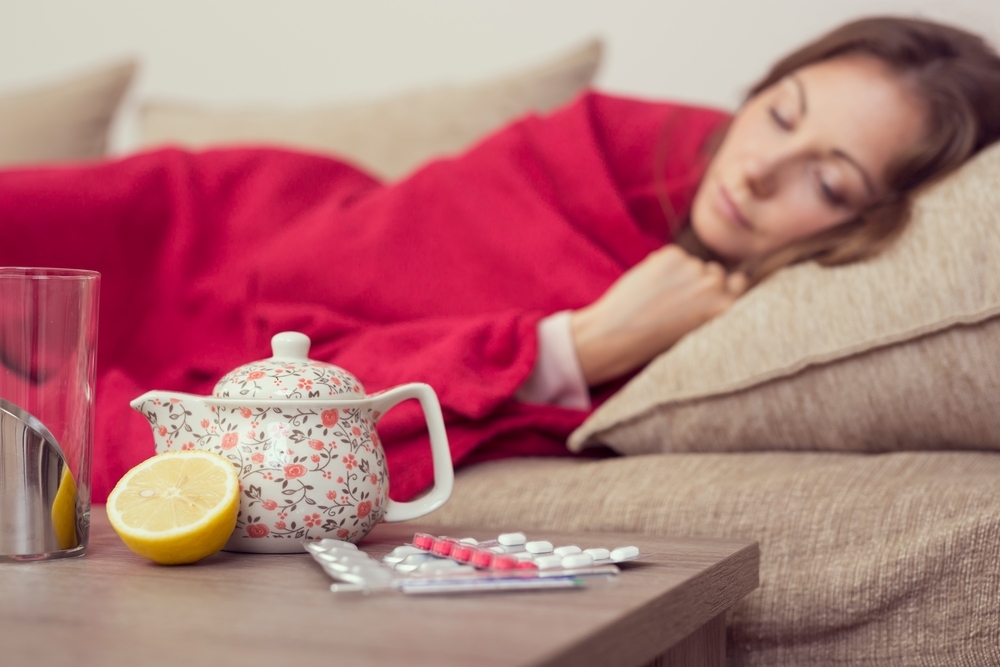Pain. It can be overwhelming, and relief needs to be immediate. When discomfort gets hard to tolerate, most of us grab the first thing on the shelf of the medicine cabinet without thinking and herein lies the problem. Pain relievers are drugs, and like all other drugs, they need to be considered carefully before we take them. According to experts, many of the pains relievers in our medicine cabinets may be doing more harm than good. Here are what some of them are saying about NSAIDs and why other options should be on hand before pain hits.
Do Pain Relievers Put Us At Risk?
NSAIDS or Non-Steroidal Anti Inflammatory Drugs have been coming under fire lately for having the potential for cardiac risk. These drugs are commonly taken for relief of a variety of pain types, including headaches, muscle, Ibuprofen and joint aches. Examples include over the counter agents, such as Advil, Ibuprofen, alive, and Naproxen, while prescription varieties include Celecoxib and Celebrex. However, while former studies showed increased risk of heart attack, more recent ones reveal that the danger is more commonly associated with people who take the drugs regularly.
Studies reveal a two to fourfold increase in the risk of myocardial infractions for habitual NSAID users. That means that 25 to 50 patients would need to take NSAIDs for a whole year to cause one event of a stroke or heart attacks. However, because the use of the drugs is so popular, and many of the users are seniors who are already at risk for heart disease there is a cause for concern.
Highest Risk
The highest risk seems to come from taking over 750 mg of Naproxen or 1200 mg of Ibuprofen. Does this size is taken regularly carry a risk for GI bleeds, kidney injury, and stomach ulcers, in addition to cardiac risk.
Thing to Keep In Mind
If you are young and in good health, your chances of cardiovascular complications caused by NSAIDs are small.
If you are currently at risk for heart disease, NSAIDs can increase the risk.
If you need to take NSAIDs on a regular basis, you should discuss the risks and possible alternatives with a health professional.
NSAID Alternatives
Because there is no one size fits all answer to pain relief, it is probably best to create a “Pain Plan” with your doctor or pharmacist. Considering the recent efforts to cut down on the use of opioids and increase the use of NSAIDs for arthritis treatment, careful decision making needs to go into picking the right pain relief.
While Tylenol, which is not a NSAID, is often a good pain relieving option, there are also no medication relief alternatives, such as the use of heat or ice, depending on the conditions. Although it is still safe for many patients to take NSAIDs, it is important to be aware of recommended dosages and the frequency of taking them. Experts recommend that no medication remedies, such as heat, massage, stretching, ice, and other forms of physical therapies be kept in consideration until more information is known.
Are you trading in your NSAIDs for other options? Let us know if you are and what they are.















